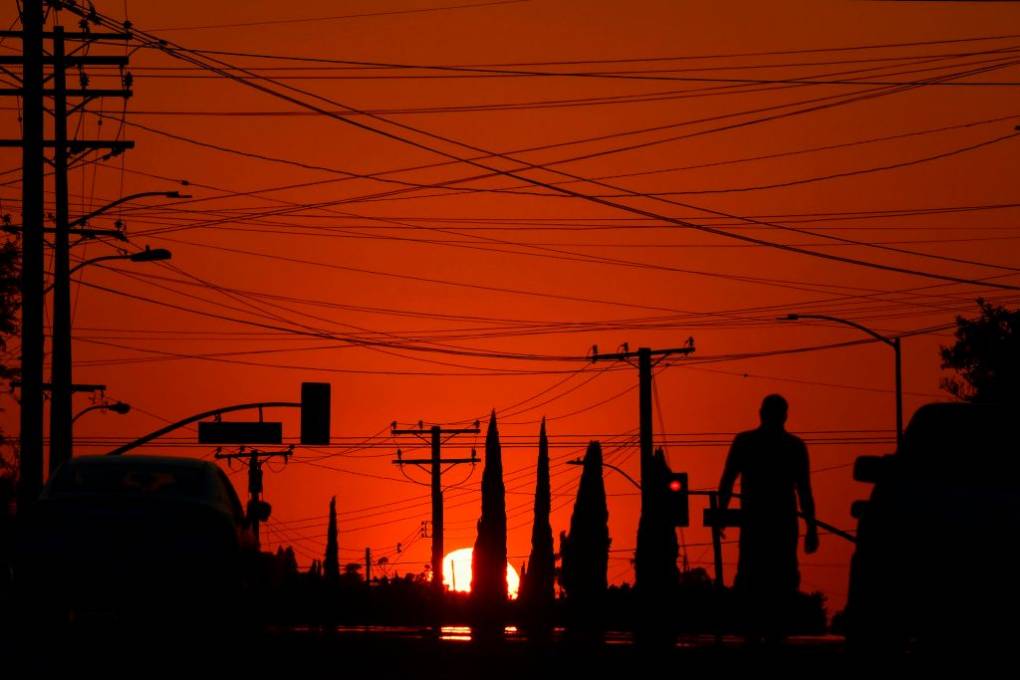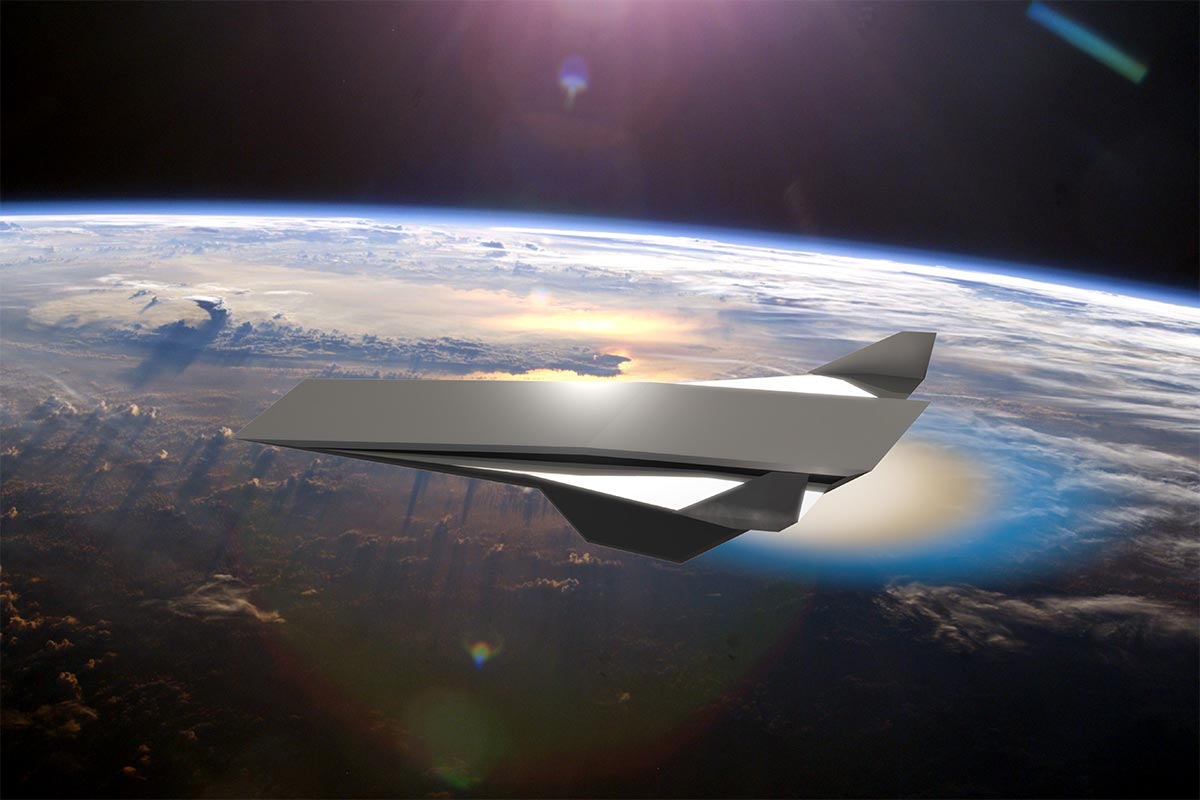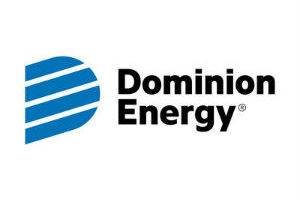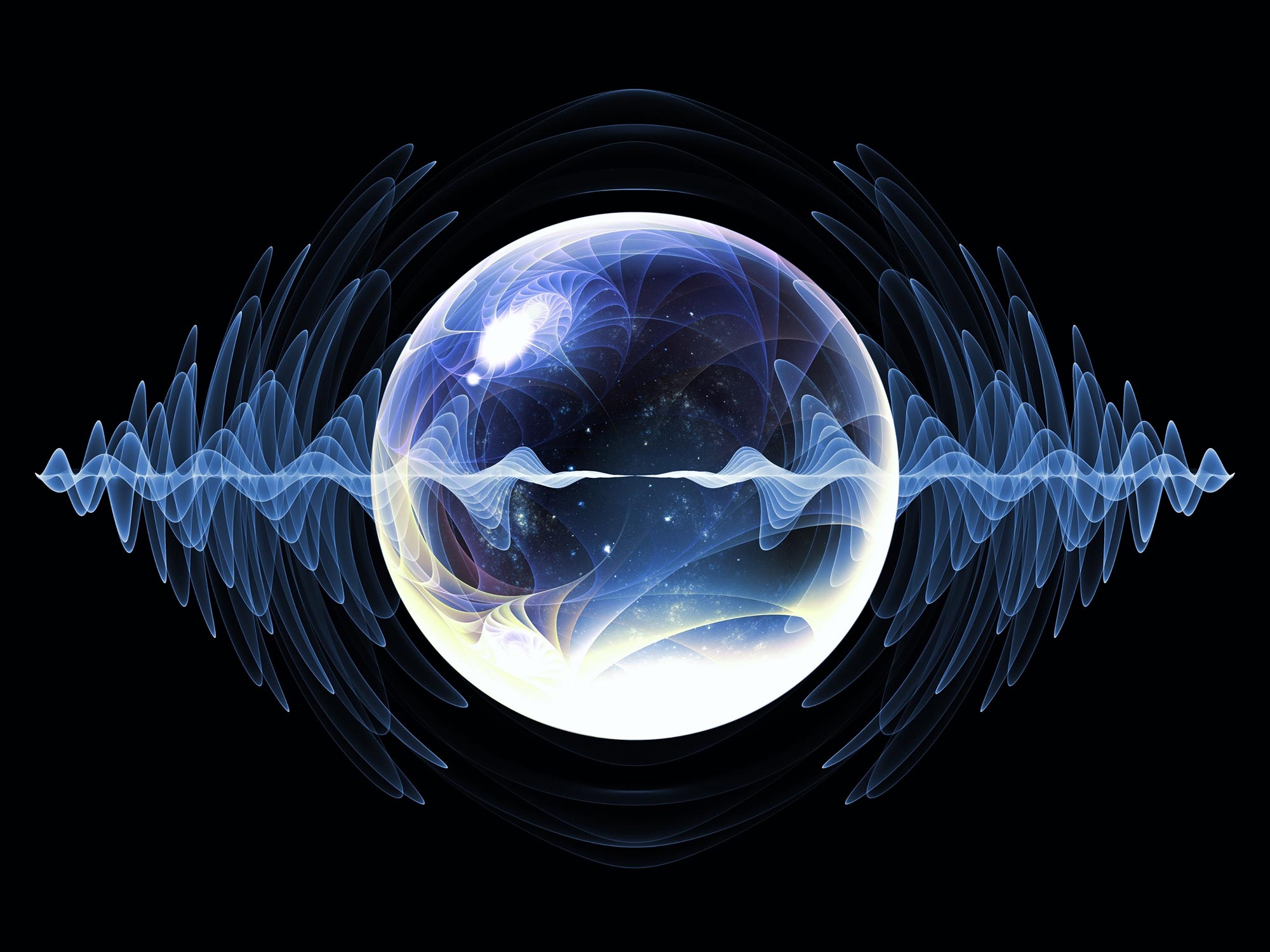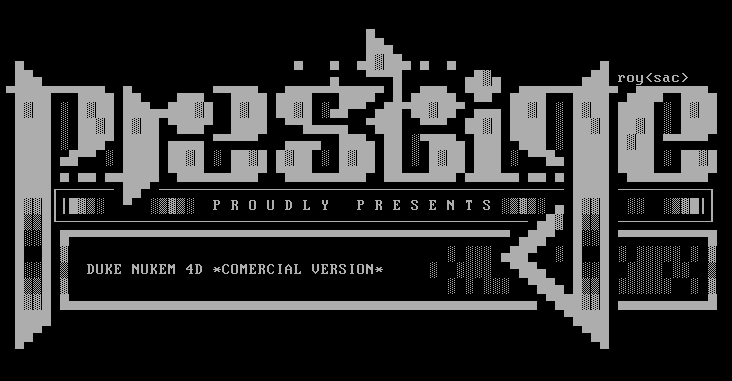Atmospheric wave energy of the 2020 August 4 explosion in Beirut, Lebanon, from ionospheric disturbances
Open Access This article is licensed under a Creative Commons Attribution 4.0 International License, which permits use, sharing, adaptation, distribution and reproduction in any medium or format, as long as you give appropriate credit to the original author(s) and the source, provide a link to the Creative Commons licence, and indicate if changes were made. The images or other third party material in this article are included in the article's Creative Commons licence, unless indicated otherwise in a credit line to the material. If material is not included in the article's Creative Commons licence and your intended use is not permitted by statutory regulation or exceeds the permitted use, you will need to obtain permission directly from the copyright holder. To view a copy of this licence, visit http://creativecommons.org/licenses/by/4.0/.
Atmospheric waves excited by strong surface explosions, both natural and anthropogenic, often disturb upper atmosphere. In this letter, we report an N-shaped pulse with period ~ 1.3 min propagating southward at ~ 0.8 km/s, observed as changes in ionospheric total electron content using continuous GNSS stations in Israel and Palestine, ~ 10 min after the August 4, 2020 chemical explosion in Beirut, Lebanon. The peak-to-peak amplitude of the disturbance reached ~ 2% of the background electrons, comparable to recently recorded volcanic explosions in the Japanese Islands. We also succeeded in reproducing the observed disturbances assuming acoustic waves propagating upward and their interaction with geomagnetic fields.
